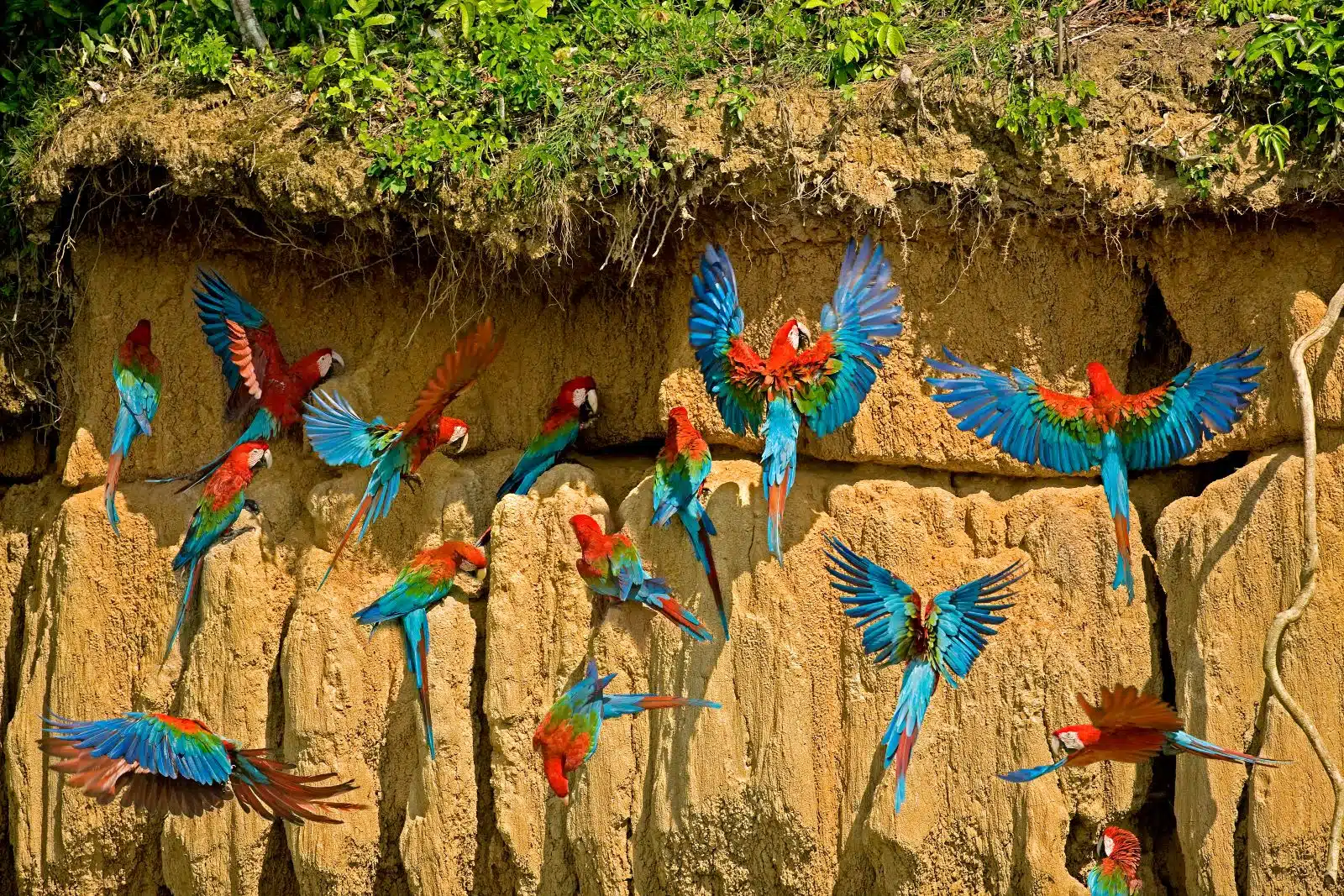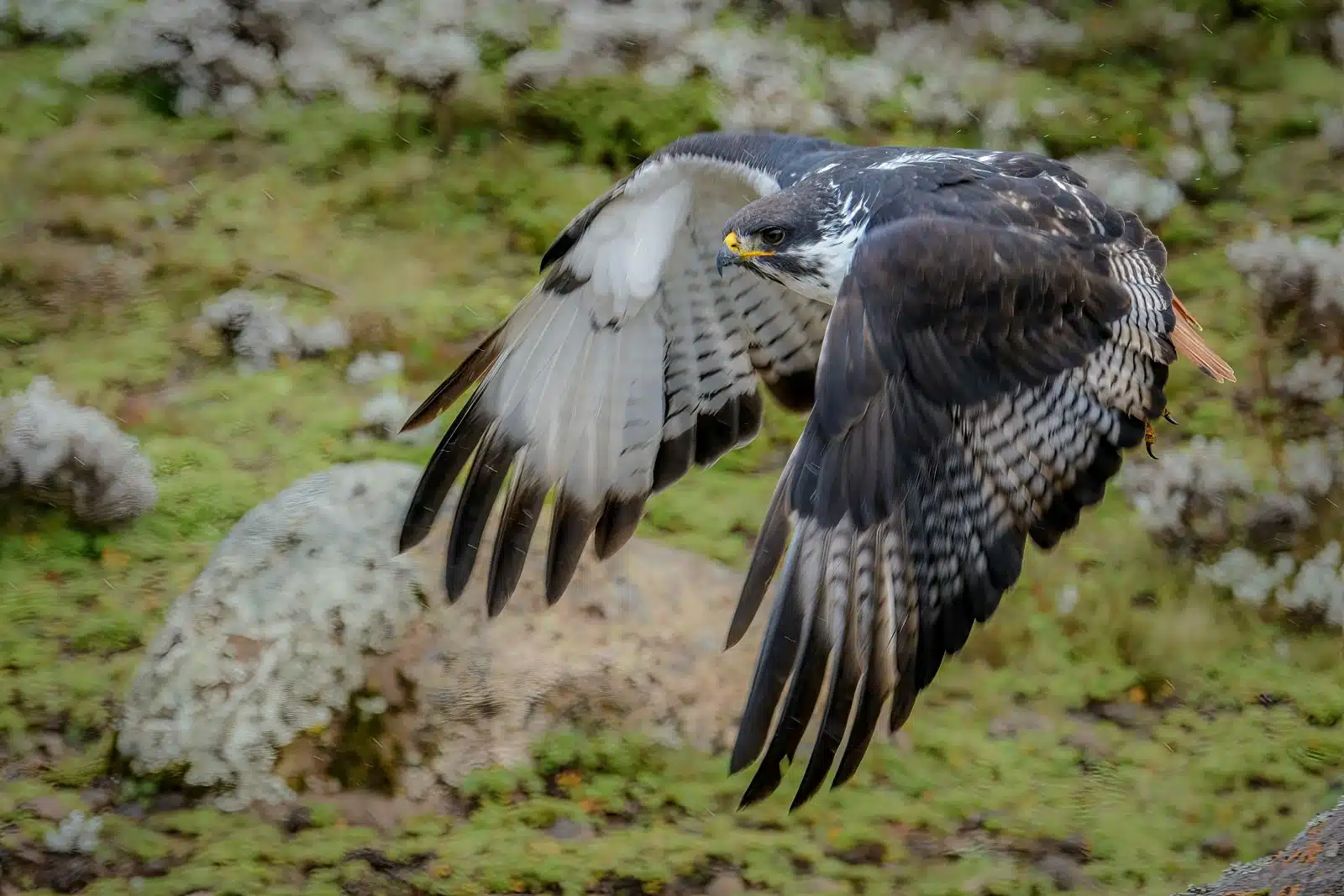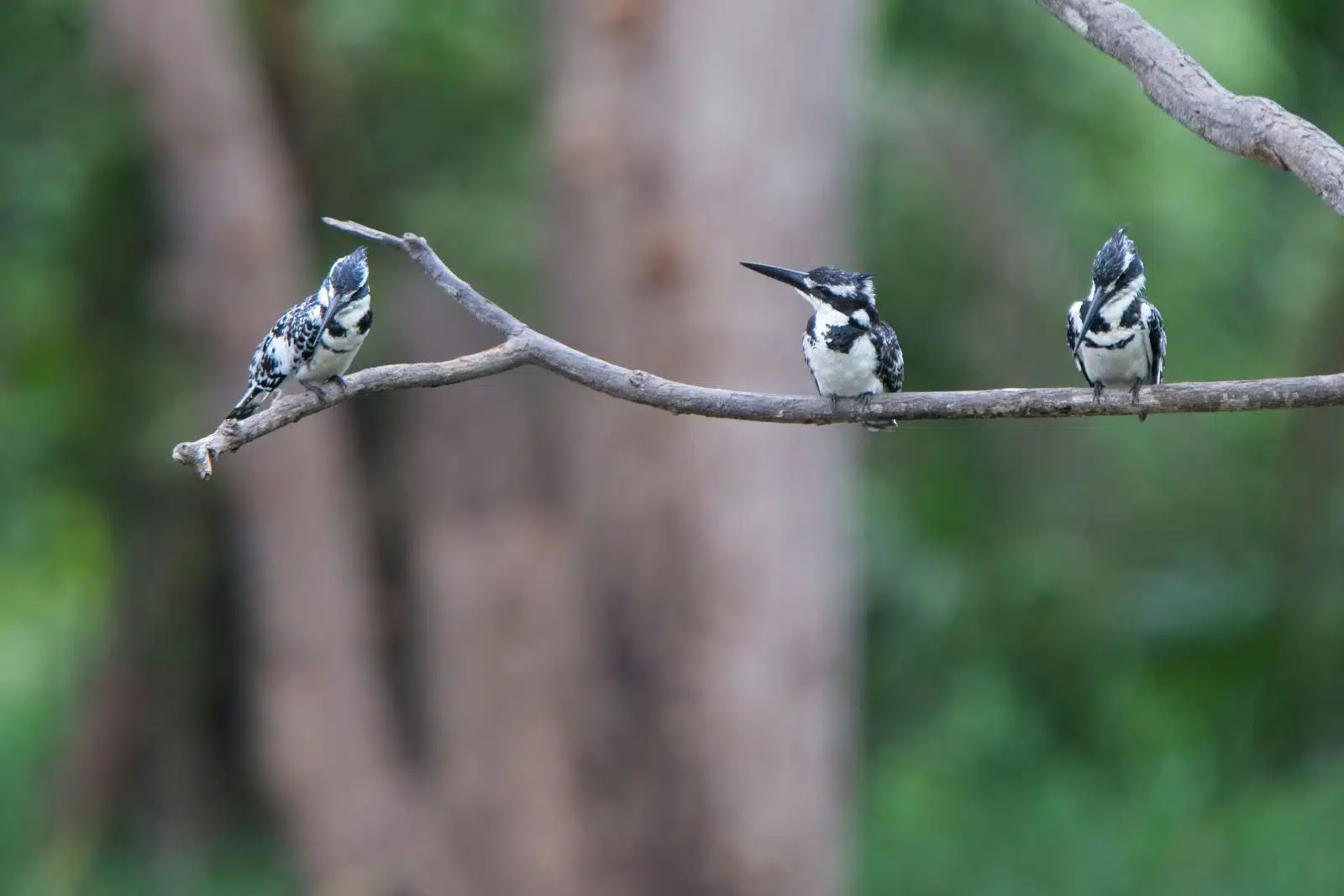The rapid growth in the popularity of birding has enabled communities, regions, and many countries to create a new source of economic income and attract more and more birdwatchers by developing this niche segment of tourism.
As a result, a number of sustainable birding destinations around the world have sprung up where areas are protected from excessive agriculture and pesticides and have more flowers, fruits, and insects to allow a variety of birds to thrive and reproduce.
Some of the top birding destinations that promise new discoveries, experiences, and real-life encounters in a sustainable environment are detailed below. Embarking on this journey with sought-after brands like Wildfoot Travel will ensure a hassle-free and green adventure.
Ebro Delta, Spain

Image Credit: Shutterstock / Ardat Pictures
Designated as a UNESCO World Heritage Site way back in 1993, the 320 sq km Ebro Delta constitutes the most extensive aquatic habitat on Spain’s Catalan Islands. This unique delta is home to 70% of the world’s population of the rare Corsican seagull, which breeds in this natural park, which is seen as a privileged place because of its sustainable tourism experience.
No matter which season you go, there will be large flocks to be seen, both resident and migratory birds. The Greater Flamingo can be seen in their thousands, apart from other star species like the Little Bittern and Purple Gallinule.
Manu National Park, Peru

Image Credit: Shutterstock / slowmotiongli
Manu National Park is a biosphere reserve under the protection of the Peruvian government and boasts some of the most biodiversity in the world, more than any other protected area. As many as a staggering 1000 bird species have been recorded here, which is about 10% of the entire world’s avian population, despite most of the central areas being off-limits for tourists and borders due to strict conservation practices.
Even then there are a number of prime birding areas in places like the Huacarpay wetlands, which is home to sixty resident species, which include violetear hummingbirds, rusty-fronted canastero and yellow-winged blackbird.
Additionally, the cloud forest region of the park is prime habitat of the Andean cock-of-the-rock, parakeets, quetzals and tanagers among others. At lower elevations, you might even be lucky enough to spot the Amazon umbrella bird, while along the Manu River banks, one can see hundreds of yellow-billed terns and other migratory birds like herons, spoonbills, and egrets.
Varirata National Park, Papua New Guinea
In a country that has remained relatively untouched by mass tourism, it is no wonder that there are over 700 bird species to be found in Papua New Guinea, out of which almost half are endemic, including the country’s flag bird, the most impressive Raggiana bird of paradise.
The Varirata National Park is spread over an area of 2,500 acres and is especially rewarding for birdwatchers who are looking for dwarf cassowary, Wallece’s fairywren, and kingfishers.
While the baya weaver can be found in the foothills of the Star Mountains, the wetlands surrounding the port town of Kiunga hold rarities like the crowned pigeon and fig parrots. Also, PNG’s 2022-2026 Tourism Sector Development Plan attempts to adopt environmentally friendly practices in order to revive and grow a resilient, inclusive, and sustainable tourism sector in the country.
The Bale Mountains, Ethiopia

Image Credit: Shutterstock / Roger de la Harpe
Rated as one of the top five birding sites in Africa, the Bale Mountains have multiple habitats and ecosystems, which has made it a biodiversity hotspot, as evident in the number of sustainable accommodations that have been established in the region.
Ethiopia is home to over 900 bird species, of which 23 are endemic and include the rare blue-winged goose, yellow-fronted parrot, and Harwood’s spurfowl, which can be found in the UNESCO-listed Bale Mountains National Park.
A trip to the park offers natural beauty and rich history and culture as well as evident in the largest single ethnic group in Africa, Oromo. Besides the park’s impressive waterfalls and deep gorges, one can spot numerous birds of prey like the Kestrel, Imperial Eagle, and the Wooly Falcon.
In the Harenna forest to the south of the park, one can find the red-billed oxpecker perched on the backs of cattle, while the wetland area is the habitat of the Egyptian Goose, Northern Shoveler, and African black duck.
As far as sustainability is concerned, the Tourism Provision & Management Program of the park aims to manage and develop tourism in a culturally and environmentally friendly way so as to generate revenue both for conservation management and livelihood opportunities for the park-associated communities.
Roebuck Bay, Australia
Located on the shores of Roebuck Bay, on the northern coast of Western Australia, is the Broome Bird Observatory, where 300 species of birds, including 50 species of shorebirds, can be found.
As a result, the observatory has become one of the best places in the whole of Oceania to admire birds. On a given day, over 100,000 shore birds and terns can be seen here, apart from some other species in the marshes, looking for food. Access to the site is easy, and bird watchers enjoy sightings of white-breasted whistlers, golden whistlers, red-legged honeycreepers, and as many as 20 different kinds of birds of prey.
Visitors can gain valuable insight into the ecological importance of Roebuck Bay and learn about the observatory’s vital conservation and research work. One has the option to stay in a range of accommodations, including a cottage and an unpowered campground with a bush kitchen for minimal impact on the environment.
Abuko National Reserve, Gambia

Image Credit: Shutterstock / tony mills
Gambia is a leader in sustainable tourism ventures and can proudly boast of being the second country in the world that has developed a Responsible Tourism Policy. Even today, the government is continuing its efforts to broaden the tourism market, improve quality, and ensure rational use of the Tourism Development Area.
Gambia may be a small nation on the west coast of Africa, but its prime location between the Sahara desert to the north and tropical rainforests to the south makes it a popular migratory route for hundreds of birds from both areas.
In fact, over 600 species have been recorded here, most of them migratory. The Gambia River, which is the lifeline of the country, is lined with mangrove forests where one can see large flocks of pelicans and terns. Add the African endemic species and the European migrants that pass through winter here, and one can see why the bird list is so large.
The Abuko National Reserve is located only 12 miles from Banjul, the capital of the country, and this designated nature reserve is home to nearly 300 bird species, including the violet turaco, purple starling, yellow-breasted apalis, and the paradise flycatcher.
Some of the most elusive of all species in Gambia, like the Pel’s fishing owl and the African blue flycatcher, have found refuge on the banks of this river.
The post Best Birding Destinations in the World for Responsible Travelers first appeared on The Green Voyage.
Featured Image Credit: Shutterstock / Erkki Alvenmod.
